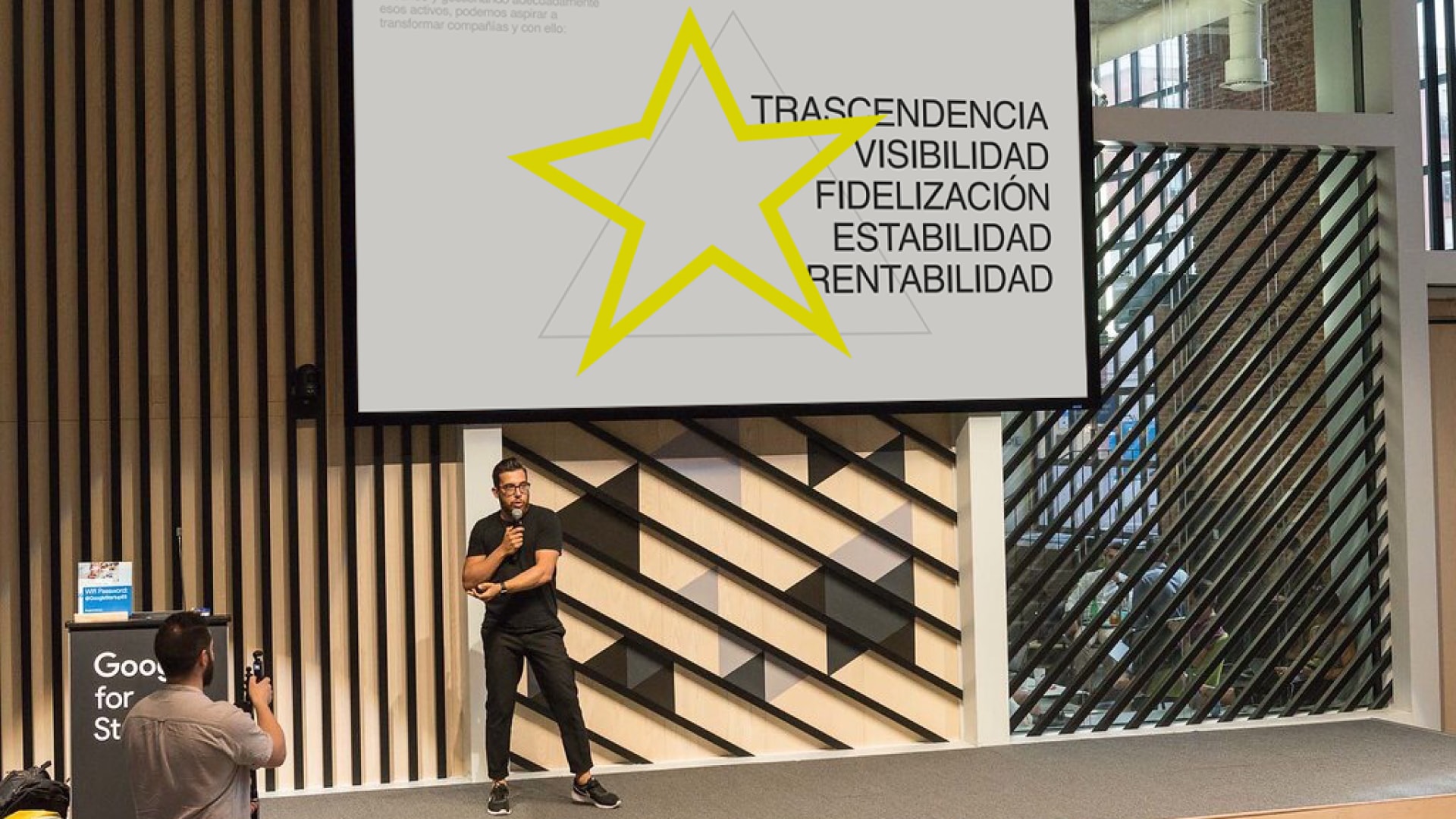The brands’ pyramid, from Maslow to Soluble
- Post
- Artículos
- Year
- 2023
In 1943, the American psychologist Abraham Maslow published 'A Theory of Human Motivation'. This work was born with the aim of exposing his main ideas on the humanistic current in the field of mental health and psychology. However, its impact went on to profoundly influence the field of marketing and advertising.
The key to its rapid spread lies in the figure representing the hierarchy of human needs, since then known as Maslow's Pyramid. In it, the author graphically and simply represents the stages of human priorities and how each of its levels must be satisfied before moving on to the next: Self-actualization cannot be achieved if we don't have what our physiology, security, sense of belonging and self-esteem need to be met.
And why do we bring this 80-year-old theory to this Solublabla? Because our CEO, Ismael Barros, keeps it in mind in each of the strategic decisions he makes for our organization. And the truth is that what our beloved Maslow said truly has a direct application in everything that Soluble is and everything we do here, with our own team and with our more than just partners.

Maslow’s pyramid for organizations
If we consider organizations and brands to be something alive and in constant evolution, we can use this approach to drive them forward, starting by understanding which needs must be met before moving on to the next one. In this way, branding can help us turn brands into business assets that help achieve and consolidate each of these stages.
The brands' pyramid that Ismael Barros has defined for Soluble has the following stages:
- Profitability. Being profitable is the same as having a person's physiological needs fulfilled, and it's our short-term objective. We use branding so that the benefit of our projects is to spend less and better and earn more from the very beginning. Working from a brand's perspective allows us to radically improve the optimization of a business's resources.
- Stability. Over time, our branding approach allows us to turn profitability into a stable and sustained reality. This means much less effort for organizations to meet their objectives in the short and medium term. At this stage, we’re an essential part of optimizing the opportunities that come our way.
- Loyalty. Now that we have a healthy and stable reality, we’re ready to tackle the stage in which we build solid ties, not only with customers, which of course is also the case, but also within the organization itself or even in the ecosystem formed by other brands and/or institutions. Here, branding will be able to leverage and capitalize on these relationships.
- Visibility. At this point, branding begins to achieve a more global impact. We accompany our partners so that their brand is seen, recognized and, above all, chosen by the right people to fulfill their mission. It’s especially healthy to focus on being seen when all of the previous stages are satisfied. It’ll be the most effective way to grow and last.
- Transcendence. Achieving and sustaining our purpose is a constant aspiration and one of the elements that drive us and give us the energy to fulfill each of the previous stages. But it’s not until we’ve covered our needs for profitability, stability, loyalty and visibility that we’ll be able to effectively meet this objective in the organization, at the same level of human self-actualization that Maslow spoke of.
The most important part of this Pyramid is not in its theory, but in how to put it into practice, and to make this possible we can't be satisfied with doing just one thing right.
At Soluble we understand that the approach to help organizations through branding must be holistic, agile and eminently practical. That’s why our team is made up of specialists in the disciplines of strategy, visual design and product design, technology and activation, who are able to combine the literal expertise of their specialty with the overall vision of what the organization and the business need the brand to do for them at any given moment.
And all this, while also fulfilling each one of our needs in search of achieving that purpose that will help us transcend. Because with organizations that accomplish all this, from the honesty and authenticity of their brand, we’re convinced that we’ll be able to add happiness to the work systems. ‘Making people happier at work’: Our transcendence to which we never cease to aspire.
Dear Maslow, will you give us your okay?